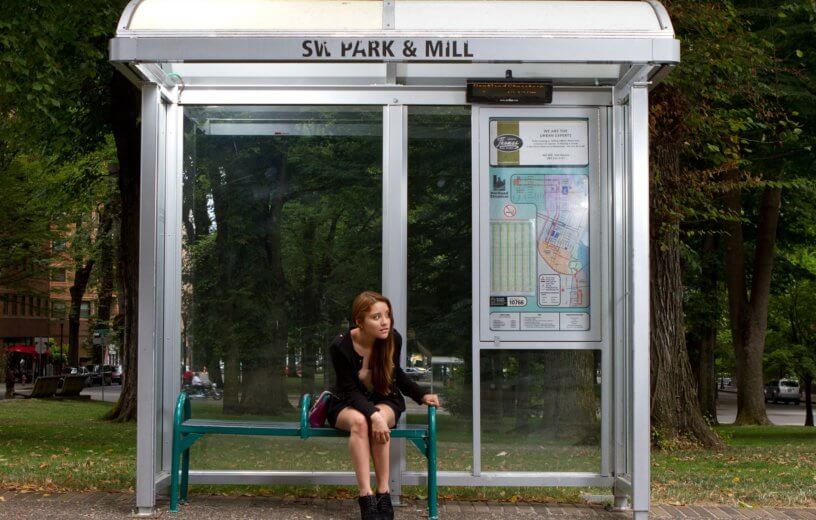COLUMBUS, Ohio — As COVID lockdowns end and more people head back to work or school, an unwelcome companion is waiting for many — the daily commute. For commuters who rely on public transportation, they’re looking for any way to cut down their wait times. A new study however is warning against relying too much on smartphone transit apps. Researchers at the Ohio State University say, more often than not, these apps will actually make you miss your ride.
The study focuses on how commuters make decisions about when to arrive at bus stops along one busy route of the Central Ohio Transit Authority (COTA). When comparing people who use the public bus schedule, transit apps, or their own travel unique strategy, researchers reveal those who follow when an app tells them to arrive end up waiting the longest for the bus.
Even worse, these commuters will actually miss their bus three out of four times.
“Following what transit apps tell you about when to leave your home or office for the bus stop is a risky strategy,” lead study author and OSU doctoral student Luyu Liu says in a university release.
“The app may tell you the bus will be five minutes late, but drivers can make up time after you start walking, and you end up missing the bus.”
What’s the best strategy to catch the bus?
According the study, following a company’s printed bus schedule is the most reliable way to never miss your connection. Researchers suggest at least building in a few extra minutes if you’re going to rely on real-time transit apps.
“We’re not saying that real-time bus information is bad. It is reassuring to know that a bus is coming,” professor of geography Harvey Miller explains. “But if you’re going to use these apps, you have to know how to use them and realize it still won’t be better on average than following the schedule.”
Bus stop tactics
For May 2018 to May 2019, the OSU team found commuters use several different strategies when trying to meet their bus. Of all the ways people use to save themselves time, researchers say the “greedy tactic” is worst one. Transit app users use this one to time their arrival at a stop to match when the bus pulls up. Unfortunately for greedy commuters, they end up having a 12.5-minute average wait time. Most of that wait results from missing the bus they were originally trying to get.
Study authors say a lot of these missed connections come after apps tell riders their bus is running late. The problem with telling commuters they have extra time is apps don’t re-check bus locations often enough to cancel out the human factor of driving.
“COTA wants to deliver on-time service, so bus operators understandably will try to get back on schedule,” Miller adds.
A slightly better strategy was the “arbitrary tactic.” This is when a bus rider randomly walks up to a stop and catches the next arriving ride. These commuters usually wait around 8.5 minutes.
The second-best best plan Ohio commuters employed was the “prudent tactic,” which uses apps but builds in extra time as an “insurance buffer.” They spend just four minutes and 42 seconds waiting for a bus and only miss their ride 10 percent of the time.
This leaves the “schedule tactic” as the clear winner among bus commuters. Riders who simply follow their company’s publicly posted routes wait four minutes and 12 seconds and miss the bus just six percent of the time.
Factor in your commute before the commute
One of the biggest factors that can throw these results off, researchers find, is how far someone has to walk to their bus stop. A lengthier walk can make it more likely a bus running late has the time to get back on schedule.
A longer length of time between buses can also make missing your preferred connection an even more inconvenient experience. The study says this can also be dangerous for commuters trying to catch buses at night or those rushing around busy streets.
Miller suggests transit apps look that this study and other data before giving recommendations to travelers, especially the greedy commuters.
“These apps shouldn’t be pushing risky strategies on users for eliminating waiting time. They should be more sophisticated,” he concludes.
The study appears in the journal Transportation Research Part A.
Like studies? Follow us on Facebook!
